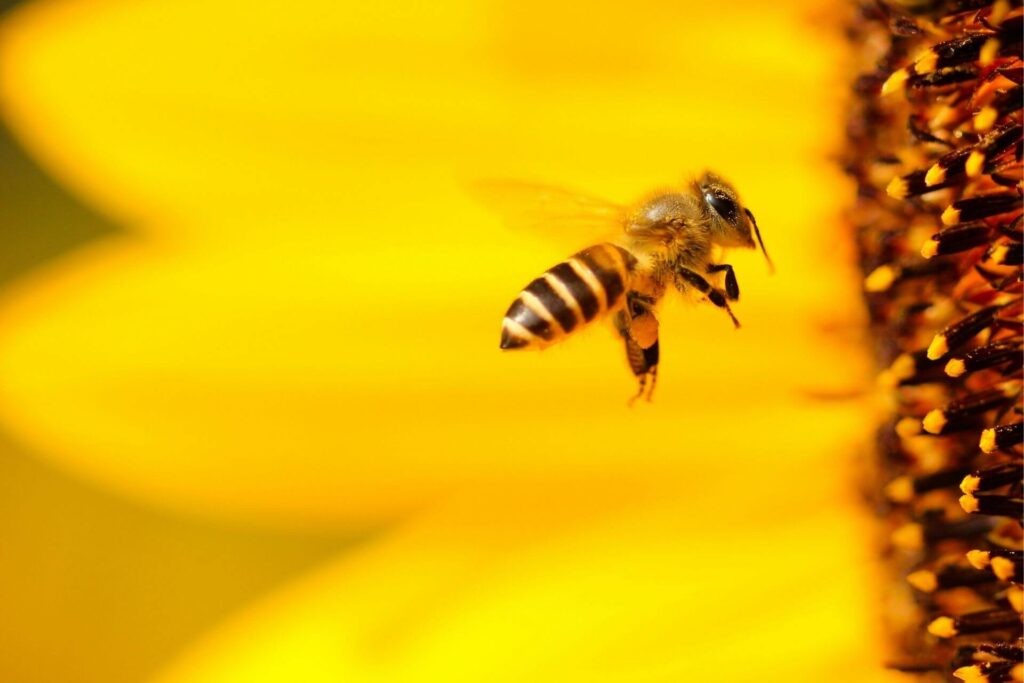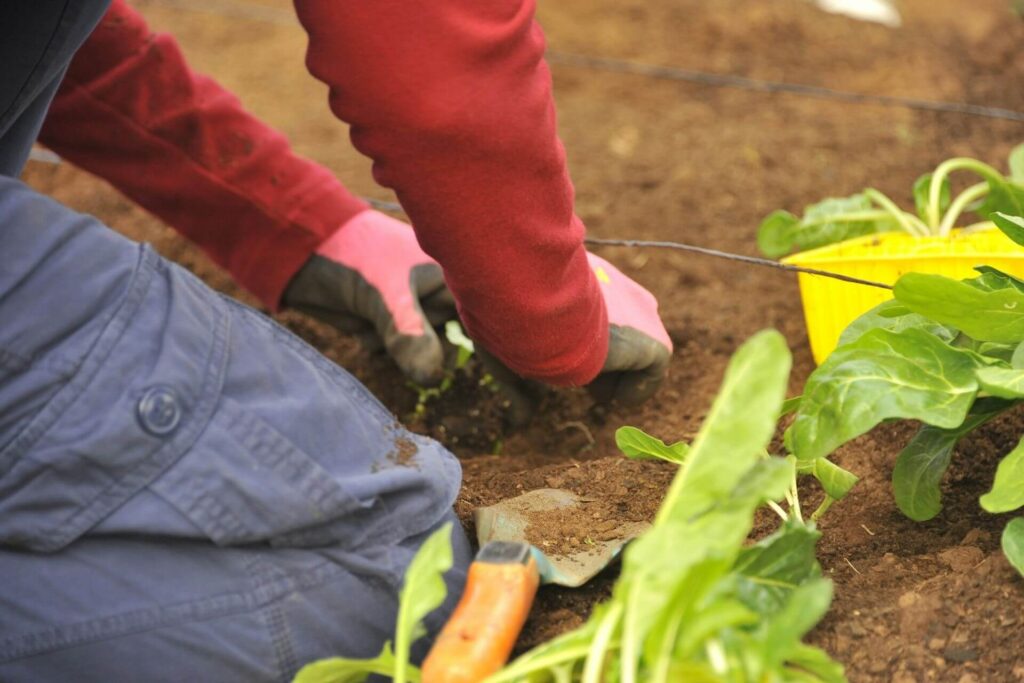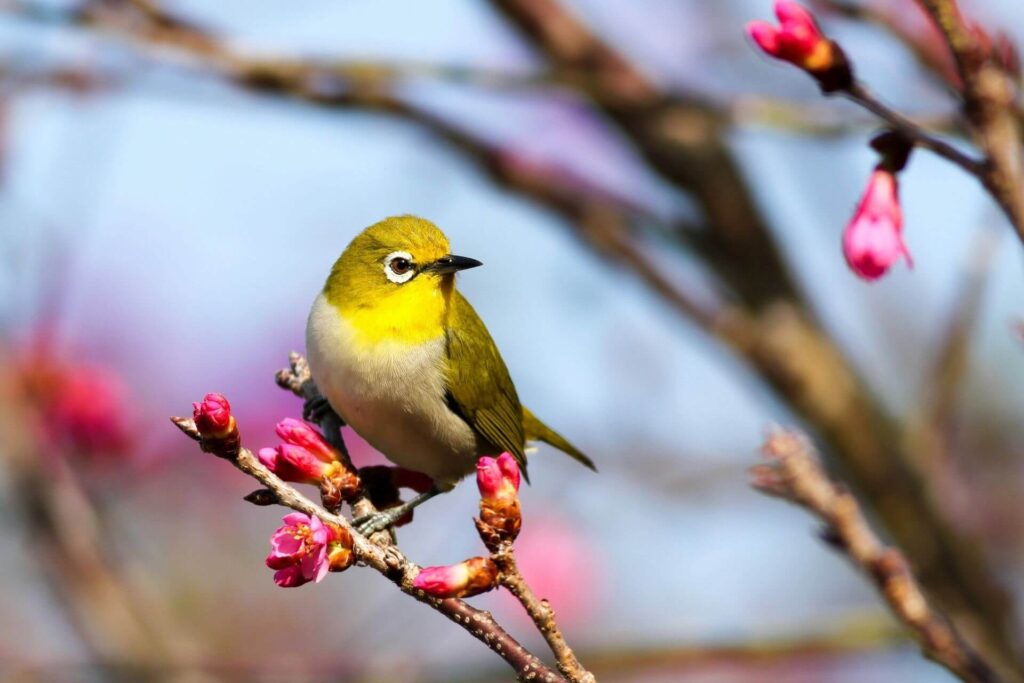As a landscaping professional, you may have noticed a recent increased demand for wildlife gardens. Whether you primarily work for residential or commercial clients, more people have realized the importance of carefully maintaining areas to attract and nurture the local ecosystem. How can you get the best results when proposing and implementing these projects?
1. Design to Minimize Pesticide Use When Practical

A significant part of successful gardening for wildlife requires understanding how to maximize beneficial effects while minimizing harmful ones. One way to do that is to use integrated pest control measures that only require pesticide use as a last resort. Applying this principle to your wildlife garden designs could positively impact local pollinators.
Thousands of native bee species play critical roles in plant survival and reproduction by spreading pollen as they look for food. However, their numbers have dwindled, and experts have identified multiple potential reasons rather than a single, solid cause. Conservation and promotion are two priorities you can support while designing wildlife gardens and advising your clients.
A 2024 study revealed that bee sightings were up to 56% lower in areas with substantial pesticide use than those where people did not apply it. The researchers said their findings showed that wild bees need alternative pest management methods to flourish. Options include using physical barriers or traps, modifying the garden design to make it less appealing to common pests, and controlling pests with natural predators.
If your clients have concerns about decisions that will increase pollinators, explain how these choices align with other landscaping goals and reassure them that their chances of being stung are very low. Most pollinators are incapable of stinging, and those that can only do it as a last resort. People merely observing pollinators that land in the garden are highly unlikely to have unpleasant encounters with them. Additionally, pollinators increase annual crop value by $15 billion, which could appeal to clients who want wildlife gardens with edible items.
2. Ensure the Garden Design for Wildlife Includes Native Plants

Unfortunately, many plant options likely available in nearby nurseries are non-native, and these exotic species often cause numerous detrimental effects spanning the local food web and ecology. Including options native to the area when planning a wildlife garden’s design entices nearby creatures by enriching their habitats. Additionally, since these plants are naturally well-adapted to local conditions, they may be hardier and easier to care for once planted.
Researchers have recently identified an interesting potential benefit enabled by including native plants in urban gardens. Green infrastructure projects have become increasingly popular because strategic efforts bring multiple benefits. Some can absorb stormwater runoff while simultaneously attracting and protecting wildlife.
One study examined the saline tolerance of 255 plant species used for stormwater detention basins in Virginia. The results indicated that 48 native species could tolerate high concentrations. Another interesting finding was that cattails absorbed particularly large amounts of road salt, equaling about 5% to 6% of the total applied. Although those involved with this work confirmed that plants alone cannot combat salt-related pollution, they could support complementing efforts. Incorporate studies like this one into your wildlife landscaping ideas to increase beneficial outcomes.
3. Plan Wildlife Landscaping to Support Birds

Due to their insect-rich diets, birds are eco-friendly pest control partners. Their droppings also become natural fertilizer, while their seed-spreading activities maintain local tree health by promoting regeneration. Many people also appreciate seeing birds in their wildlife gardens because they are some of the easiest and most popular creatures to observe.
Plant a mixture of tall trees, understory species, shrubs of various heights and ground coverings to mimic the layered habitat birds enjoy in forests. Evergreen conifers are also ideal places for birds to find shelter during storms or cold weather, and many choose them as nesting sites.
Look for creative ways to incorporate vines, too. Numerous birds use wild grape vines as food sources, and some also grab the stringy material to build their nests.
Perhaps you’re designing a wildlife garden for a business that uses outdoor areas to drive revenue. If so, a 2024 study that examined the soundscapes of 21 English vineyards indicated people more thoroughly enjoyed visiting sites with prominent birdsong. Another interesting takeaway was that improved species richness was a more significant indicator of more diverse and louder soundscapes than bird abundance. That suggests your clients may enjoy pleasant, audible results even before they notice large quantities visiting their gardens.
Prioritize Nature in Your Efforts
Well-planned wildlife gardens are aesthetically pleasing and supportive of the creatures that will visit or live in them. Using these tips to keep nature at the heart of your decision-making process is an excellent way to nurture native creatures and gain long lists of satisfied clients.

Leave a Reply